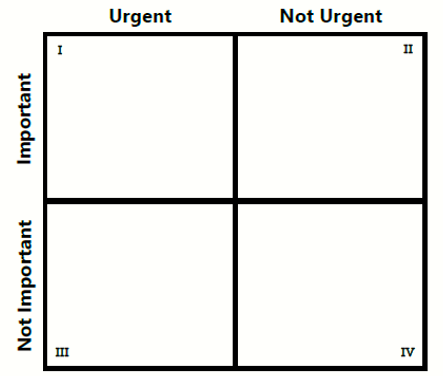What Are Minutes?
Meeting minutes are official records of what transpires during a meeting. They serve as a historical reference, document actions, decisions, and discussions, and provide a clear record of a meeting’s proceedings. Minutes are essential for accountability, tracking progress, and ensuring that agreed-upon actions are followed through.
Whether your meeting is in person, virtual or hybrid, where it has been agreed that meeting minutes should be recorded; it’s important to nominate someone comfortable and competent to carry this task out. If this skillset isn’t readily available within your team, we would recommend minute taking courses for beginners, or if you are looking for a minute taking template, we’ve included one at the end of this blog!
Types of Minutes
-
Verbatim Minutes:
Verbatim minutes aim to capture every word spoken during a meeting. This type of minute taking requires a high level of skill and dedication, as the minute-taker must transcribe spoken words accurately and in real-time. These minutes are typically used in legal proceedings, courtrooms, and government meetings where an exact record of the conversation is critical.
-
Summary Minutes:
Summary minutes provide a condensed version of what happened during a meeting. The minute-taker records the main points, decisions, and action items. Summary minutes are usually taken in business meetings, corporate settings, and nonprofit organisations, as they offer a concise overview of the meeting’s outcome without the need for a full transcript.
-
Action Minutes:
Action minutes are highly focused on documenting the action items and tasks assigned during a meeting. They typically include details such as who is responsible for each task, deadlines, and progress updates. Action minutes are especially useful for project management meetings, as they ensure that everyone understands their responsibilities and timelines.
-
Standard meeting minutes:
Standard minutes follow a structured format that includes sections for the meeting’s date, time, location, attendees, and agenda items. They provide a comprehensive record of what occurred during the meeting, including discussions, decisions, and any supporting documents or presentations. Standard minutes are frequent practice in corporate board meetings and government sessions.
-
Informal meeting minutes:
Informal minutes are less structured and formal compared to standard minutes. They capture the essence of the meeting without adhering to a strict format. Informal minutes are useful in team meetings, brainstorming sessions, and small group gatherings where a more relaxed documentation style is acceptable.
Choosing the Right Type of Minutes for your meeting
Selecting the appropriate type of minutes for a given meeting depends on a range of factors:
- Legal and Regulatory Requirements: Some organisations may be bound by specific regulations that dictate the type of minutes required. Verbatim minutes are often necessary in courtrooms to ensure an accurate record of proceedings.
- Meeting Purpose: The purpose of the meeting plays a significant role in determining the type of minutes needed. For routine staff meetings or informal brainstorming sessions, informal minutes may suffice. On the other hand, formal board meetings or project reviews may require standard or action minutes.
- Audience Expectations: Consider the expectations of the audience who will be reading the minutes. Executives and board members may prefer more formal and detailed minutes, while team members may find summary or action minutes more practical and accessible.
- Resources: Assess the resources available for minute taking, including the skills of the minute-taker and the time allocated for the task.
Summary
Understanding the distinct types of minutes allows you to develop a successful minute taking approach to the specific needs of each meeting and audience. Whether you’re capturing every word spoken in a courtroom or tracking action items in a project management meeting, mastering the art of minute taking is a valuable skill that enhances transparency, efficiency, and decision-making within your organisation.
Please see link below for our promised template for successful minute taking!











